With the deep integration of artificial intelligence and high-end manufacturing, rare earth permanent magnets have achieved a significant leap in efficiency in driving the core components of intelligent equipment. Rare earth elements, comprising a total of 17 metallic elements including the lanthanides, scandium, and yttrium, are strategically categorized into light rare earths and medium-heavy rare earths based on atomic weight differences. Their compounds play an irreplaceable role in cutting-edge fields such as new energy power systems and precision transmission in robotics, while also supporting the development of metamaterials for national defense equipment like missile inertial navigation systems and satellite payload components.
Lanthanum (La), Cerium (Ce), Praseodymium (Pr), Neodymium (Nd), Promethium (Pm)
Samarium (Sm), Europium (Eu), Gadolinium (Gd), Terbium (Tb), Dysprosium (Dy), Holmium (Ho), Erbium (Er), Thulium (Tm), Ytterbium (Yb), Lutetium (Lu), Scandium (Sc), Yttrium (Y)
The rare earth industry chain spans the entire process from raw ore mining to end applications, serving as a core support for upgrading strategic industries such as the new generation of information technology and high-end equipment manufacturing. In the context of increasingly fierce international resource competition, secondary resource recycling has become an important way to ensure supply chain resilience and promote green transformation.
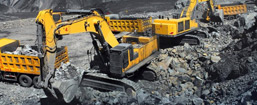
Mining and beneficiation
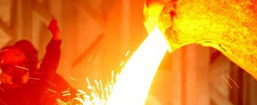
Smelting and separation
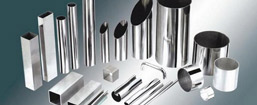
Material preparation

End applications
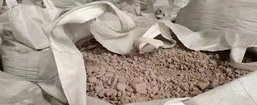
Recycling
PART1 Rare earth molten salt slag (RE-MSS)
In the context of the current transformation of the rare earth industry towards high-end and refined processes, rare earth molten salt (RE-MS) electrolysis technology has become a key technology in the field of rare earth smelting due to its advantages in efficiently producing rare earth metals. It provides significant support for the development of cutting-edge industries such as new energy vehicles and semiconductors. However, the generation of rare earth molten salt slag (RE-MSS) is unavoidable due to factors such as electrode reactions and temperature fluctuations during the electrolysis process. Although the concentration of rare earth elements in this type of molten salt slag is relatively low, the total amount is substantial. Through effective recycling and treatment, a large number of rare earth elements can still be extracted, achieving resource recycling and further promoting the sustainable development of the rare earth industry.
PART2 Neodymium-iron-boron (NdFeB) waste
The "magnetic elements" such as neodymium, praseodymium, and dysprosium in the rare earth family are becoming the strategic core of the green revolution. The neodymium-iron-boron permanent magnet materials synthesized from these elements, have become the "core components" of electric motors for new energy vehicles and wind turbines.
With the rapid development of the global new energy industry, a large wave of magnetic material waste is about to occur. How to efficiently extract strategic resources from these "invisible gold mines" will become a key decisive factor in the second half of the competition in the rare earth industry.

Single vehicle usage: 2-3 kg
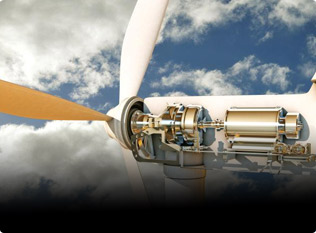
Single machine usage: 1-1.5 tons
The generation of neodymium-iron-boron waste
Rare earths are known as "industrial gold", allowing them to combine with other materials to form a variety of new materials with different performances.
The addition of rare earth metals or fluorides and silicides to steel can refine, desulfurize, and neutralize low melting point harmful impurities, while also improving the processing performance of steel.
Molecular sieve catalysts made from rare earths have replaced aluminosilicate catalysts in the petroleum catalytic cracking process.
Rare earth oxides or processed rare earth concentrates can be widely used as polishing powders for optical glass, lenses, cathode ray tubes, oscilloscopes, flat glass, plastics, and metal tableware.
Rare earth cobalt and neodymium-iron-boron permanent magnetic materials are widely used in the electronics and aerospace industries. Pure rare earth oxides and iron(III) oxide can be used in microwave and electronic industries.

Raw material input

Oxidative roasting

Grinding

Hydrochloric acid leaching

Impurity removal

Extraction

Oxide solution

Precipitation

Calcination

Successfully obtained
SBM was established in 1987 and has been deeply rooted in the grinding industry for nearly four decades, providing customers with professional complete solutions for powder processing. SBM offers grinding equipment and services ranging from single machines to complete systems, specializing in the entire process of mineral processing.
More Solutions
Raw Material Test
Project Design
Device Manufacturing
Installation
Debugging
Technical Training
Reaching Designed Capacity
After-sale Service
Product fineness: 20-400 mesh (0.84-0.038 mm)

Product fineness: 12-325mesh (1.6-0.045mm)
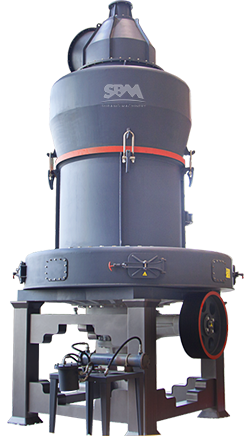
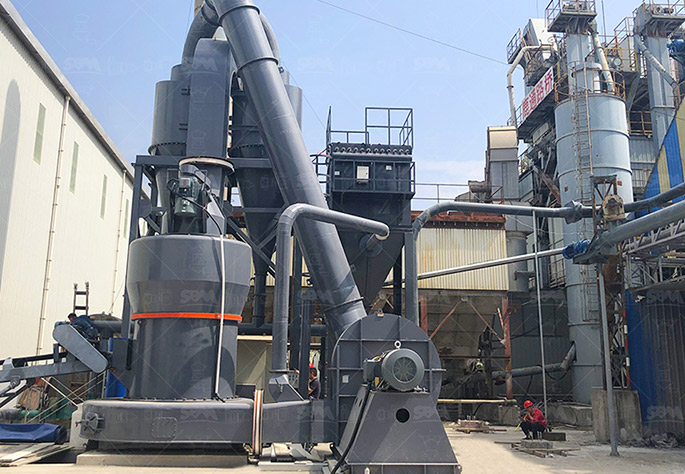
Processing Material: Neodymium-Iron-Boron
Output Size: 200mesh
Equipment: MTW Series Trapezium Mill
MORE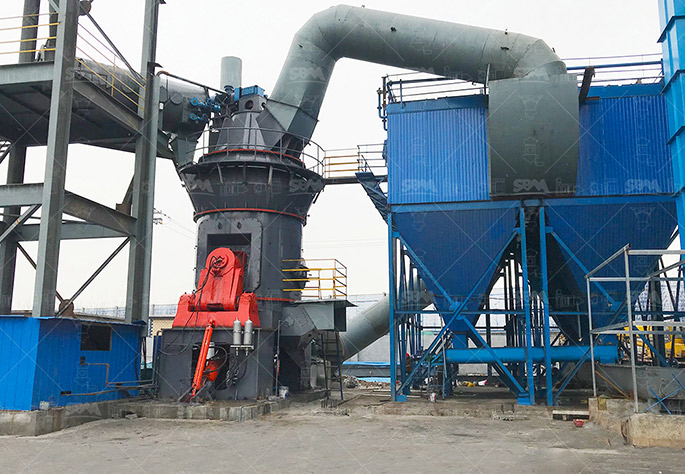
Processing Material: Molten Salt Slag
Output Size: 325mesh
Main Equipment: LM Vertical Roller Mill
MORELeave your information below to get customized
solutions and free quote!